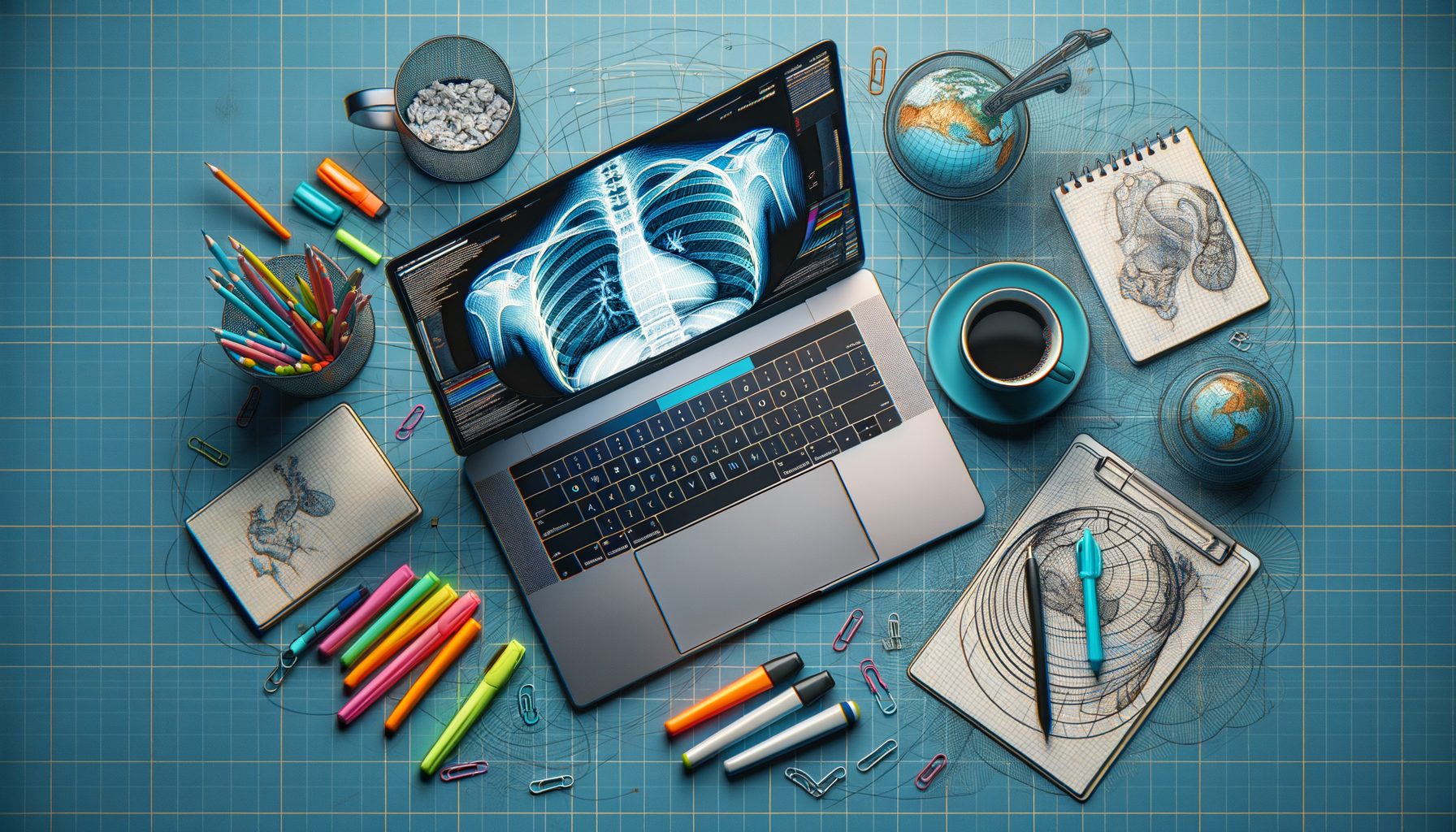Introduction to Online Radiology Programs
In today’s fast-paced world, the field of radiology has witnessed significant advancements, not just in technology, but also in education. Online radiology programs are increasingly becoming a popular choice for students and professionals alike. These programs provide a comprehensive understanding of medical imaging, allowing learners to delve into the nuances of radiology from anywhere in the world. The flexibility and accessibility of online learning have made it an attractive option for those looking to enhance their knowledge and skills without the constraints of traditional classroom settings.
Core Subjects and Skills Acquired
Online radiology programs cover a wide range of subjects that are essential for a thorough understanding of the field. Students typically explore topics such as anatomy, physiology, and pathology, which serve as the foundation for more specialized courses in radiology. Additionally, learners gain skills in interpreting various imaging modalities, including X-rays, CT scans, and MRIs. These programs emphasize the development of critical thinking and analytical skills, which are crucial for making accurate diagnoses. Moreover, students learn about the latest technological advancements in radiology, ensuring they are well-equipped to handle modern imaging equipment.
- Understanding the principles of different imaging techniques
- Developing proficiency in image interpretation
- Learning about radiation safety and patient care
By the end of the program, students are expected to have a solid grasp of both theoretical knowledge and practical skills, preparing them for various roles within the healthcare sector.
Technological Tools and Resources
One of the standout features of online radiology programs is the use of advanced technological tools and resources. These programs leverage virtual labs, simulation software, and interactive modules to provide a hands-on learning experience. Virtual labs allow students to practice imaging techniques and interpret results in a simulated environment, closely mimicking real-world scenarios. Simulation software provides a risk-free platform for learners to refine their skills and build confidence before working with actual patients. Additionally, online libraries and databases offer a wealth of resources, including research papers, case studies, and multimedia content, enabling students to stay updated with the latest developments in the field.
- Access to virtual labs and simulation tools
- Extensive online resources and databases
- Interactive modules for engaging learning experiences
These technological advancements ensure that online radiology programs offer a robust educational experience, comparable to traditional in-person courses.
Accreditation and Career Opportunities
Accreditation is a critical aspect of any educational program, and online radiology courses are no exception. Accredited programs meet specific standards of quality and are recognized by professional bodies, ensuring that the education provided is both credible and valuable. Graduates from accredited programs are often preferred by employers, as it signifies that they have received a high standard of education. Career opportunities for those who complete online radiology programs are diverse and rewarding. Graduates can pursue roles such as radiologic technologists, MRI technicians, or even advance into specialized fields like interventional radiology or radiation therapy. The demand for skilled professionals in the radiology sector continues to grow, driven by advancements in medical technology and an aging population requiring increased medical care.
- Importance of program accreditation
- Various career paths in radiology
- Growing demand for radiology professionals
With the right qualifications, graduates can look forward to a fulfilling career with numerous opportunities for growth and advancement.
Challenges and Considerations
While online radiology programs offer numerous benefits, they also come with certain challenges and considerations. One of the primary challenges is the lack of face-to-face interaction, which can impact the learning experience for some students. Online learners must be self-motivated and disciplined to keep up with the coursework and participate actively in virtual discussions. Additionally, technical issues such as internet connectivity or software compatibility can occasionally hinder the learning process. It is also essential for students to ensure that the program they choose is accredited and recognized by relevant professional bodies. Despite these challenges, many students find that the flexibility and convenience of online learning outweigh the drawbacks, allowing them to balance their education with other personal and professional commitments.
- Need for self-discipline and motivation
- Potential technical challenges
- Importance of choosing an accredited program
By being aware of these challenges and preparing accordingly, students can maximize their learning experience and successfully navigate the world of online radiology education.
Conclusion: Embracing the Future of Radiology Education
Online radiology programs represent a significant shift in the way medical imaging education is delivered. They offer a unique blend of flexibility, accessibility, and cutting-edge technology, making them an attractive option for aspiring radiology professionals. As the healthcare industry continues to evolve, the demand for skilled radiology practitioners will only increase, and online education provides a viable pathway to meet this demand. By embracing these programs, learners can gain the knowledge and skills necessary to thrive in this dynamic field, all while enjoying the benefits of a flexible learning environment.
For those considering a career in radiology, online programs offer a promising opportunity to embark on a rewarding and impactful journey in the world of medical imaging.




Leave a Reply